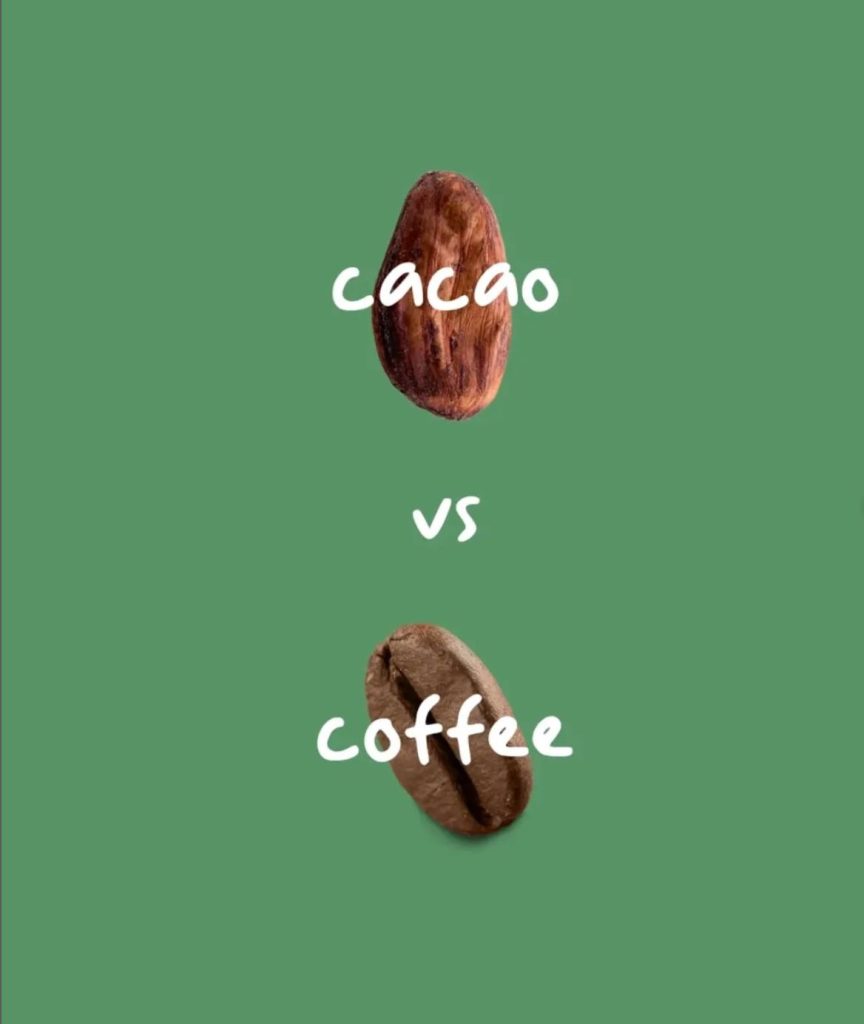Written by IDN Natura. Published on October 20, 2025
There are two aromas that almost everyone can recognize. The warm, bitter scent of coffee and the sweet, comforting fragrance of cacao.
Both often appear in the morning, accompany working hours, or add warmth to moments of rest.
Coffee and cacao are two of the most cherished tropical treasures on Earth.
They both grow under the equatorial sun, passing through a long journey from the farm to the cup or table.
Coffee is known for its bold bitterness and deep aroma, while cacao brings a soft sweetness and calming comfort.
Few people realize that coffee and cacao are, in a way, distant siblings.
Their flavors differ, yet they share the same spirit. Both are complex, natural, and born from a process that demands patience and precision.
Growing in the Same Home
Coffee comes from the Coffea genus, while cacao belongs to the Theobroma genus.
Although they are different species, both flourish in tropical regions with similar environmental conditions. Consistent humidity, natural shade, and fertile soil.
In Indonesia, coffee is widely cultivated in Sulawesi, Sumatra, Flores, and Java. Cacao also grows abundantly in Sulawesi, West Sumatra, Aceh, and parts of East Java. For instance, agroforestry systems in West Sumatra integrate cacao with other shade trees, creating mixed plantations that boost biodiversity.
A joint project by USAID also highlights that Indonesia promotes coffee and cacao agroforestry in regions such as North Sumatra and Sulawesi.
🔗 USAID – Coffee and Cacao Agroforestry Indonesia
While not every coffee farm grows cacao alongside it, the concept that both crops can coexist within the same agroforestry environment. Sharing shade, humidity, and fertile soil is fully valid.
Research shows that coffee and cacao are commonly cultivated under agroforestry systems in Indonesia, supporting biodiversity and improving soil productivity.
🔗 Tropenbos Indonesia – Agroforestry and Sustainable Landscape
Their shared environmental requirements often earn them the nickname “ecosystem siblings.”
They grow on similar lands, require similar care, and both rely on the delicate balance of rainfall, shade, and soil fertility.
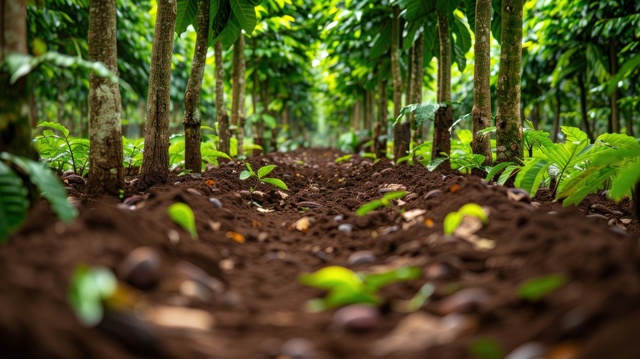
Two Fermentations: The Beginning of Flavor Character
Microorganisms in Coffee and Cacao Fermentation
In coffee, the fermentation process varies significantly depending on the method used, such as “washed” (cuci), “honey” (semi-washed with mucilage left), or “natural” (whole fruit dried). Research indicates that the fermentation duration for Arabica coffee in Indonesia can range from 12 to 48 hours using the washed method. Source: Coffee Fermentation Process: A Review
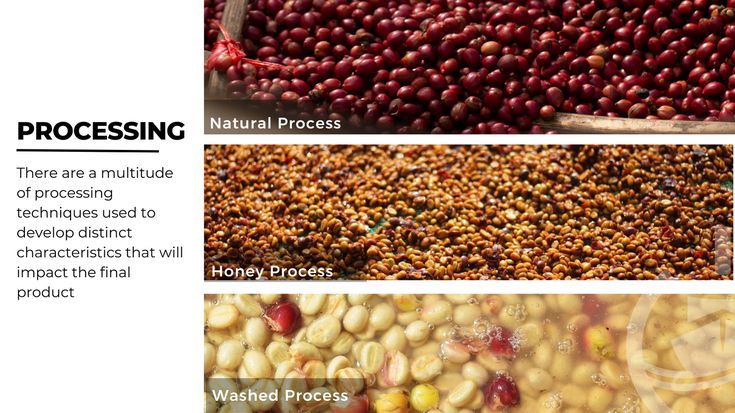
In contrast, cacao fermentation typically lasts between 5 to 7 days, depending on farm conditions, weather, variety, and method used. Source: Cocoa Bean Fermentation

During fermentation, microorganisms like yeast and lactic acid bacteria play a vital role in developing flavor profiles, contributing to the fruity acidity in coffee and the sweet, mellow taste in cacao.
This is where the artistry of both emerges: farmers and processors are not just planters but also custodians of time and temperature, as a single day too short or too long can alter the entire flavor character.
Bitter and Sweet: Two Expressions of One Patience
Coffee is renowned for its bold bitterness, while cacao is cherished for its sweet and mellow flavor. Coffee’s bitterness contains chlorogenic acids and caffeine, providing a stimulating effect. On the other hand, cacao’s sweetness includes theobromine and flavonoids, which are calming and mood-enhancing.
Scientifically, both are natural stimulants affecting the nervous system in different ways. Coffee awakens and sharpens focus, while cacao soothes and uplifts mood. This is why many people start their day with coffee and end it with hot chocolate.
Shared Complexity in Flavor
Coffee and cacao possess extraordinarily complex flavor profiles. Both are known for their depth of taste. They are influenced by variety, soil type, altitude, and post-harvest processes. Coffee can present fruity, nutty, floral, or chocolatey notes. Meanwhile, cacao can exhibit earthy, roasted nut, red fruit, and even a subtle elegant bitterness.
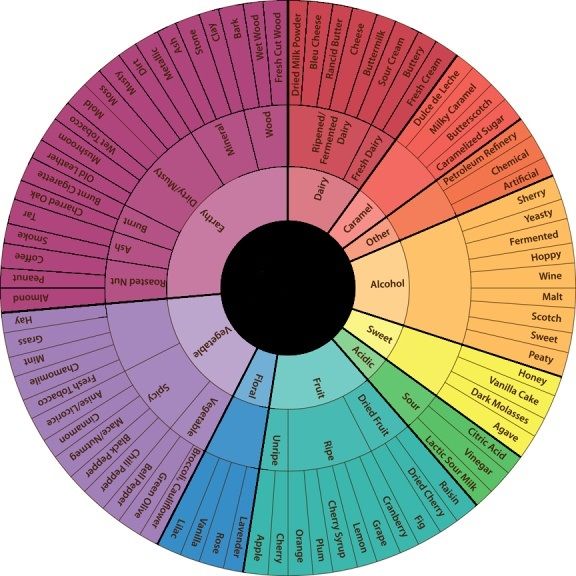
Research from the University of Oxford indicates that coffee contains over 800 aroma compounds, while cacao has over 600. Source: Coffee and Cocoa Agroforestry Systems: Pathways to Deforestation, Reforestation, and Tree Cover Change
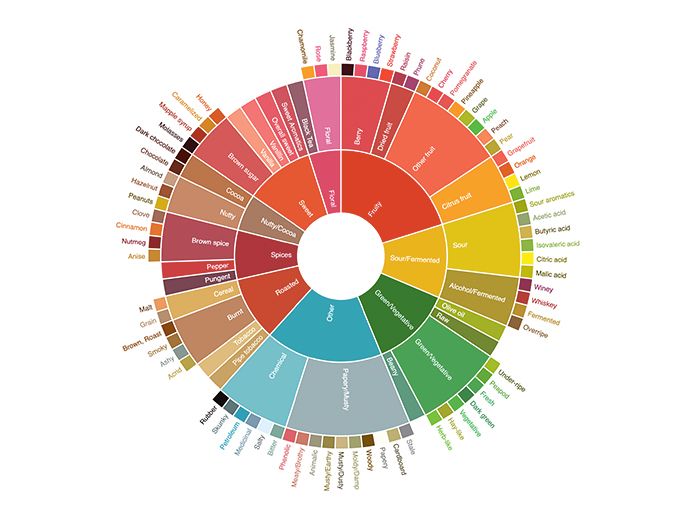
This means both are among the most complex natural substances in the food world, rivaling the aromatic diversity found in wine. Therefore, when someone understands coffee well, they often find it easier to appreciate cacao, and vice versa.
Two Commodities, One Indonesian Story
Coffee energizes, cacao calms. Both remind us of the value of hard work, patience, and the connection between humans and nature.
In Indonesia, many farmers cultivate both coffee and cacao on the same land, depending on the rhythm of rain and sunlight. Through their hands, the world experiences the rich flavors born from Indonesian soil. That’s why these two commodities are not just products but cultural heritage and our tropical identity.
One Philosophy: From Soil to Cup
Coffee and cacao may differ in taste, but they share the same roots. Both are natural products that require patience, care, and respect. Every cup of coffee and every piece of chocolate tells the same story: nature provides, humans nurture.
Discover the Harmony of Coffee and Cacao with IDN Natura
At IDN Natura, we present both. Coffee and cacao are not just two export commodities but two parts of one philosophy “Valuing origin, maintaining quality, and sharing the best flavors of Indonesia with the world.”
Discover the finest flavors from the tropical soil with us at www.idnnatura.com
For the latest catalog and export offers, contact us at idnnatura@gmail.com

